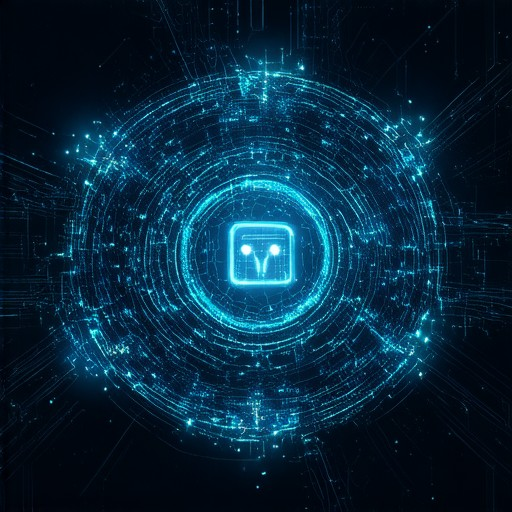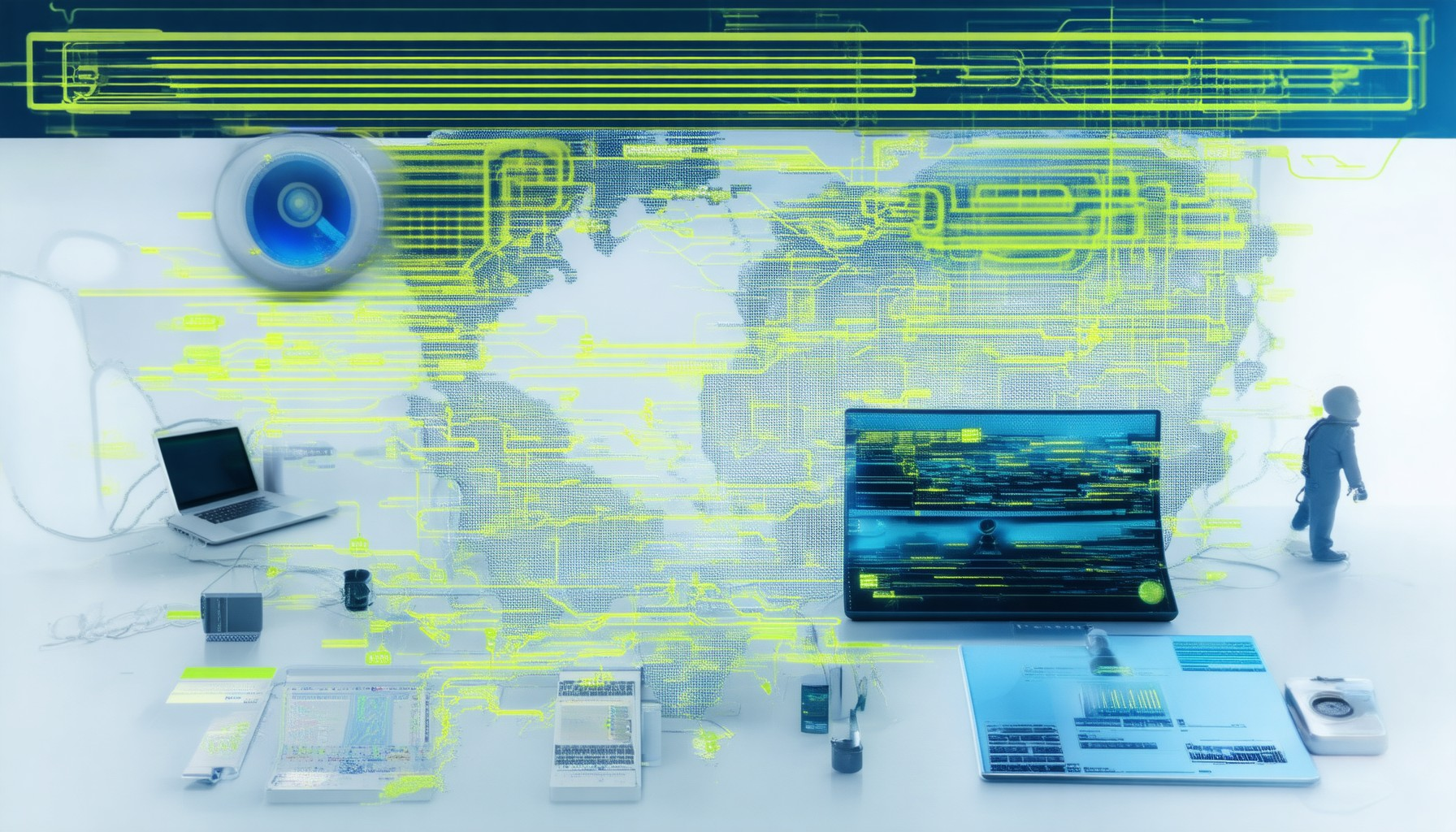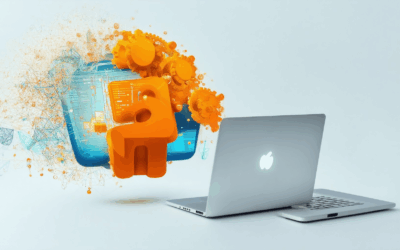In today’s interconnected world, internet security has become a cornerstone of modern life. As we navigate an increasingly digital landscape, safeguarding our data, devices, and networks has never been more critical. Whether you’re managing a business, securing personal information, or simply browsing online, understanding the nuances of internet security is essential. This article delves into gleaning internet security insights, exploring key concepts, tools, and strategies that can help you stay protected in an ever-evolving threat environment. From understanding the foundational principles of cybersecurity to leveraging cutting-edge technologies, this exploration will provide valuable insights to enhance your online safety and security.

What are the 5 Cs of Cyber Security?
The 5 Cs of cybersecurity are fundamental principles that guide organizations and individuals in safeguarding sensitive information and maintaining secure systems. These principles are essential for building trust and ensuring resilience against cyber threats.
- Confidentiality
- Ensures that sensitive information is protected from unauthorized access.
- Example: Financial data or personal records should only be accessed by authorized personnel.
- Importance: Breaches of confidentiality can lead to significant financial loss and reputational damage.
-
Integrity
- Guarantees that data has not been tampered with or altered improperly.
- Example: Digital signatures or checksums verify the authenticity of data.
- Importance: Integrity is crucial for ensuring reliable and trustworthy systems.
-
Availability
- Ensures that systems, services, and data are accessible when needed.
- Example: High-availability clusters or redundant systems prevent downtime.
- Importance: Unavailable systems can disrupt business operations and customer experiences.
-
Authenticity
- Confirms that data or information is genuine and not counterfeit.
- Example: Verification processes ensure emails, documents, or software updates are legitimate.
- Importance: Authenticity prevents users from falling victim to phishing or malware attacks.
-
Accountability
- Holds individuals or entities responsible for their actions or omissions related to security.
- Example: Logging and auditing activities to trace security breaches.
- Importance: Accountability ensures that everyone involved in handling sensitive information understands their role in maintaining security.
By adhering to these principles, organizations can significantly reduce risks and build stronger defenses against cyber threats.
Insight in Cybersecurity
Cybersecurity insights refer to the ability to gain a deep understanding of security threats, vulnerabilities, and overall organizational resilience through advanced analytics and monitoring.
Key Components of Cybersecurity Insights
- Threat Intelligence: Gaining insights into active threats, phishing campaigns, and emerging attack vectors.
- Vulnerability Management: Identifying and prioritizing security gaps before they are exploited.
- Incident Response: Analyzing past breaches to improve defenses and reduce recurrence.
- Compliance Adherence: Ensuring that organizational policies meet regulatory requirements and standards.
Types of Cybersecurity Insights
- Network Visibility: Real-time monitoring of network traffic for suspicious activities.
- Endpoint Analysis: Inspecting devices for malware, unauthorized software, or configuration issues.
- Cloud Security: Monitoring cloud environments for misconfigurations or potential breaches.
- Application Security: Identifying vulnerabilities in custom applications or third-party software.
Benefits of Cybersecurity Insights
- Enhanced threat detection and response capabilities.
- Improved decision-making for security investments and strategies.
- Faster incident resolution and reduced downtime.
- Compliance with industry standards and regulations.
Examples of Cybersecurity Insights in Action
- Identifying that a new phishing campaign is targeting email accounts.
- Detecting a unusual spike in login attempts indicating a brute-force attack.
- Discovering that a critical vulnerability in a widely-used software has been exploited.
How Organizations Leverage Cybersecurity Insights
- Implementing automated threat detection systems.
- Conducting regular penetration testing and risk assessments.
- Investing in advanced security tools and training programs.
- Establishing a centralized logging and monitoring infrastructure.
Cybersecurity insights are crucial for staying ahead of evolving threats and maintaining a robust security posture. By continuously monitoring and analyzing data, organizations can proactively address risks and improve their overall security strategy.

The Four Pillars of Internet Security
The foundation of internet security is built upon four primary principles, commonly referred to as the “four pillars.” These pillars are essential for safeguarding data, ensuring privacy, and maintaining trust in digital interactions.
- Encryption
- Encryption is the process of converting data into a coded format to prevent unauthorized access. It ensures that sensitive information, such as passwords, credit card details, and communications, remain protected during transmission over public networks.
- Modern encryption techniques, including AES (Advanced Encryption Standard) and RSA (Rivest-Shamir-Adleman), play a crucial role in securing data both in transit and at rest.
-
Access Control
- Access control mechanisms are designed to restrict system access to only authorized individuals. This is achieved through methods such as multi-factor authentication, biometric scans, and password policies.
- Proper access control prevents unauthorized users from gaining entry to critical systems and data, thereby reducing the risk of cyber threats.
-
Authentication
- Authentication verifies the identity of users, devices, or applications seeking access to a system. Common authentication methods include username/password combinations, biometric scans, and one-time codes.
- Strong authentication practices are vital in preventing unauthorized access and ensuring that only legitimate users can interact with sensitive systems.
-
Monitoring and Auditing
- Continuous monitoring and auditing ensure that security measures are effective and that potential vulnerabilities are identified and addressed promptly.
- Regular audits help organizations understand their security posture, identify gaps, and implement necessary improvements to maintain robust defenses against evolving threats.
By integrating these four pillars—encryption, access control, authentication, and monitoring—organizations can establish a strong cybersecurity framework that protects against a wide range of threats. BlindBrowser.com offers valuable resources and tools to enhance your understanding of these principles and improve your overall internet security posture.

CIS in Cybersecurity
The term “CIS” in cybersecurity can have several meanings depending on the context:
- Center for Internet Security (CIS):
- A non-profit organization focused on enhancing the security of the internet’s infrastructure. It promotes global cybersecurity standards and best practices through collaboration with governments, businesses, and individuals.
- Common Information Security Framework (CIS):
- A framework developed by the International Organization for Standardization (ISO) to manage cybersecurity risks. It provides a structured approach for organizations to align their cybersecurity practices with international standards.
- Cybersecurity Information Sharing and Analysis Center (CIS):
- An entity that facilitates the sharing of cyber threat intelligence among organizations, helping them better defend against cyberattacks.
- Computer Incident Response (CIR):
- Sometimes abbreviated as CIS, it refers to teams or systems responsible for detecting and responding to computer security incidents in real-time.
Each of these contexts emphasizes the importance of CIS in contributing to a safer cyberspace through standardized practices, threat intelligence sharing, and rapid response capabilities.
CIS vs. NIST: A Comparative Overview
The Control Integrator System (CIS) and the National Institute of Standards and Technology (NIST) Cybersecurity Framework are two distinct tools used for managing cybersecurity risks, each tailored for different purposes and industries.
- CIS (Control Integrator System): CIS is primarily used in industrial automation and control systems, such as those found in manufacturing, power generation, and chemical processing facilities. It focuses on monitoring and controlling industrial processes to ensure safety, reliability, and efficiency.
- NIST Cybersecurity Framework: NIST, particularly the NIST Cybersecurity Framework, is a comprehensive, flexible framework designed to guide organizations in managing cybersecurity risks. It provides a structured approach to identify, manage, and reduce risks through a hierarchy of outcomes, categories, subcategories, and implementation tiers.
While both frameworks aim to enhance security, they cater to different audiences and industries. Organizations implementing NIST benefit from a broad, adaptable framework suitable for various sectors, whereas CIS is specifically designed for operational technology environments requiring precise control over industrial systems.

What Does SIEM Mean?
SIEM stands for Security Information and Event Management . It is an integrated system designed to manage and analyze security information and events within an organization. SIEM solutions combine Security Information Management (SIM) and Security Event Management (SEM) to provide a comprehensive approach to security management.
Key Components of SIEM:
- Security Information Management (SIM): Involves collecting, storing, and managing security-related information. This includes data from various sources such as log files, network traffic, and user activities.
- Security Event Management (SEM): Focuses on detecting, analyzing, and responding to security events. Events can include unauthorized access attempts, malware detections, or policy violations.
Benefits of SIEM:
- Centralized Logging: SIEM systems allow organizations to collect logs from multiple sources, providing a unified view of network activity.
- Compliance: Helps meet regulatory requirements by maintaining detailed records of security events.
- Threat Detection and Response: Automates the process of identifying potential threats and responding to incidents, reducing manual effort for security teams.
Common Tools:
- Splunk: A popular SIEM solution known for its flexibility and ability to handle large volumes of data.
- QRadar: Another leading SIEM tool that provides advanced threat detection and incident response capabilities.
SIEM is essential for organizations looking to maintain strong network security, reduce risks, and comply with industry standards. By integrating SIM and SEM, SIEM solutions offer a robust framework for managing security information and responding to events effectively.




